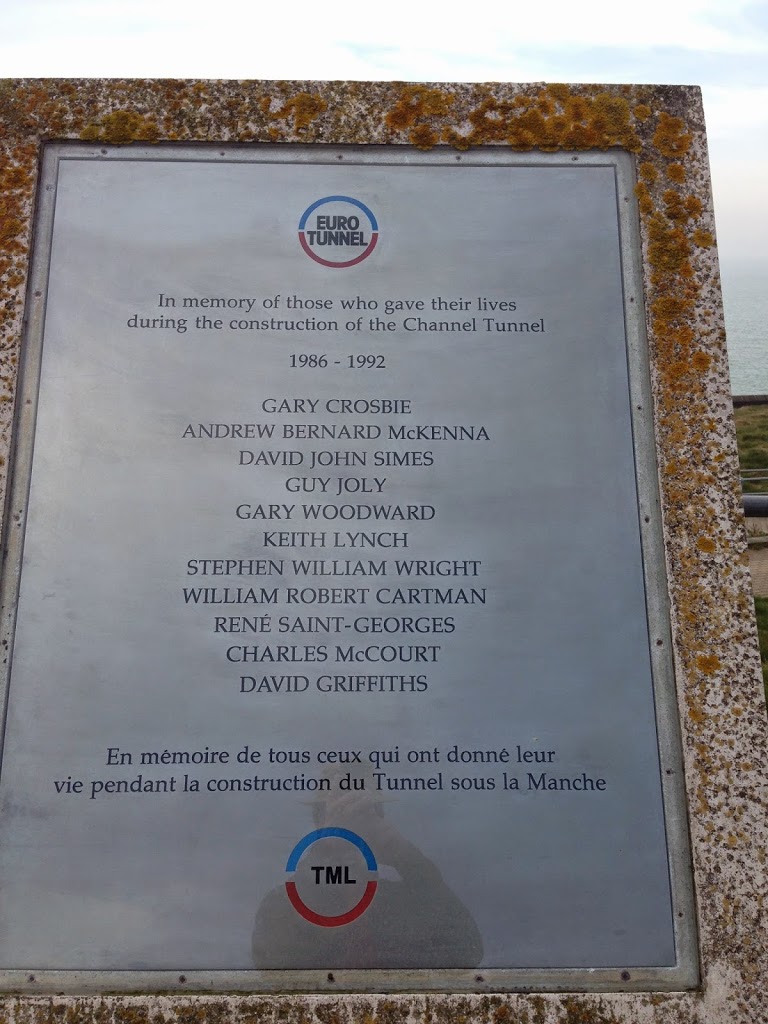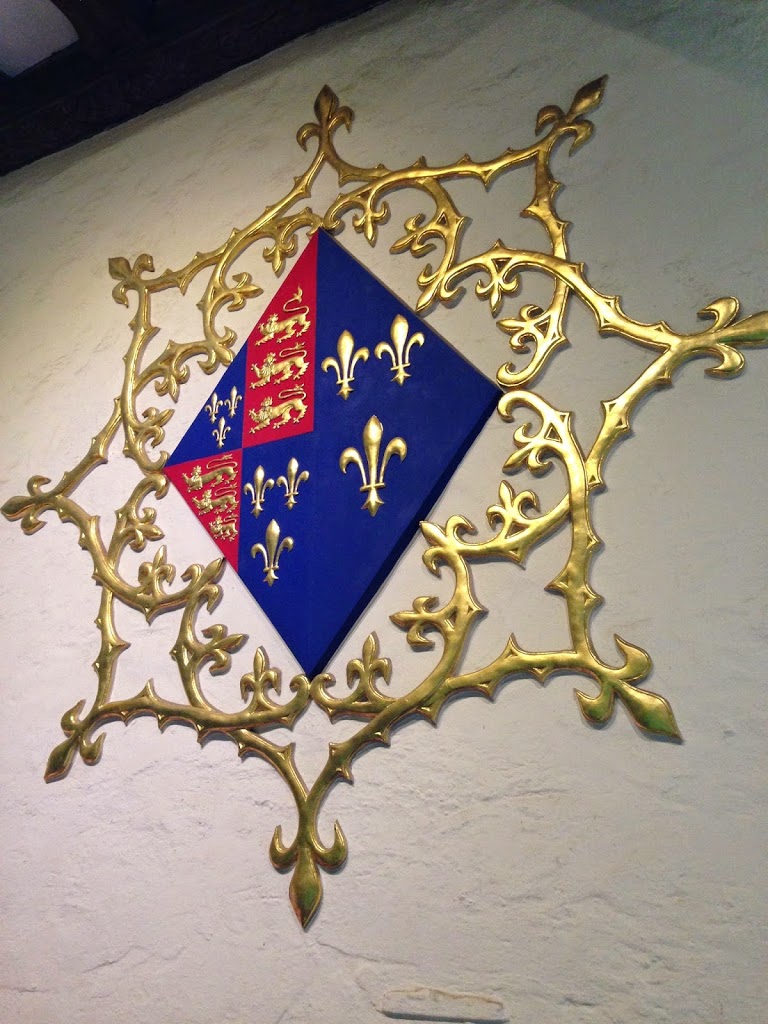Penny and I spent the morning hours at Samphire Hoe. Samphire who? Samphire where?
When the channel tunnel was dug, 5 million cubic metres of spoil had to go somewhere. It ended up behind a specially constructed lagoon wall. And now? Now it is a nature reserve. Home to 200 species of plants, 200 species of birds and 30 of butterflies.
But at a cost.
The plaque in the picture to the left testifies to the lives lost in building the tunnel. Eleven people died between 1986 and 1992 specifically as a result of working on this project. I’ve been through the tunnel a few times, but never knew the true cost. The only ‘cost’ I’d heard of before was measured in terms of billions of pounds.
I paused at the site of the memorial and took a photograph because it reminded me that human lives are always the cost – in one way or another. Any big project, any legacy-leaving activity involves men and women paying a price. Perhaps this is obvious, but I needed refreshing on this because so much of what I do as a Christian makes me tired!
What does tiredness do? Well, nothing necessarily. But it depends on what else is going on in my life. I have no idea what motivated the 10 people to continue working on the tunnel after the first worker died. Or what about after the sixth, seventh and eighth person? Whatever their reasons they must have been compelling. And this is the key – a compelling vision will keep you going no matter the cost. Jesus had a compelling vision, so what were the key factors that held him to that vision? I’d suggest at least the following three things.
- His vision was bigger than himself. ““My food,” said Jesus, “is to do the will of him who sent me and to finish his work.” (John 4:34 NIV11). This was no self-centred vision. Jesus placed himself willingly under the authority of the Father. A person compelled by a vision bigger than themselves will pay any price necessary to see it fulfilled.
- He knew the cost and decided to embrace it. “Very truly I tell you, unless a kernel of wheat falls to the ground and dies, it remains only a single seed. But if it dies, it produces many seeds.” (John 12:24 NIV11). Jesus speaks here in a prophetic way about his death and legacy. The results are staggering – the early church exploded and 2,000 years later millions still celebrate what Jesus did. But he was not blind to the cost. Indeed, he embraced it. In other words, he was not a victim, but a willing co-participant in the Father’s vision.
- He prayed when it got overwhelming. “Going a little farther, he fell to the ground and prayed that if possible the hour might pass from him. “Abba , Father,” he said, “everything is possible for you. Take this cup from me. Yet not what I will, but what you will.”” (Mark 14:35–36 NIV11). I am reassured when I see the honesty in Jesus. He did not want to do this. But, there again, he did. The struggle of the vision took him to prayer, and prayer took him back to confidence in the giver of the vision.



